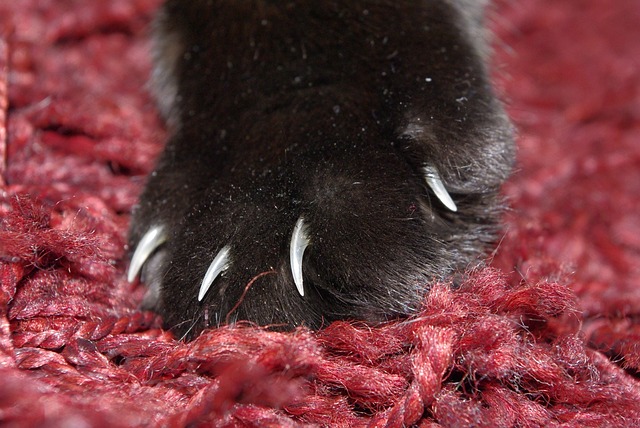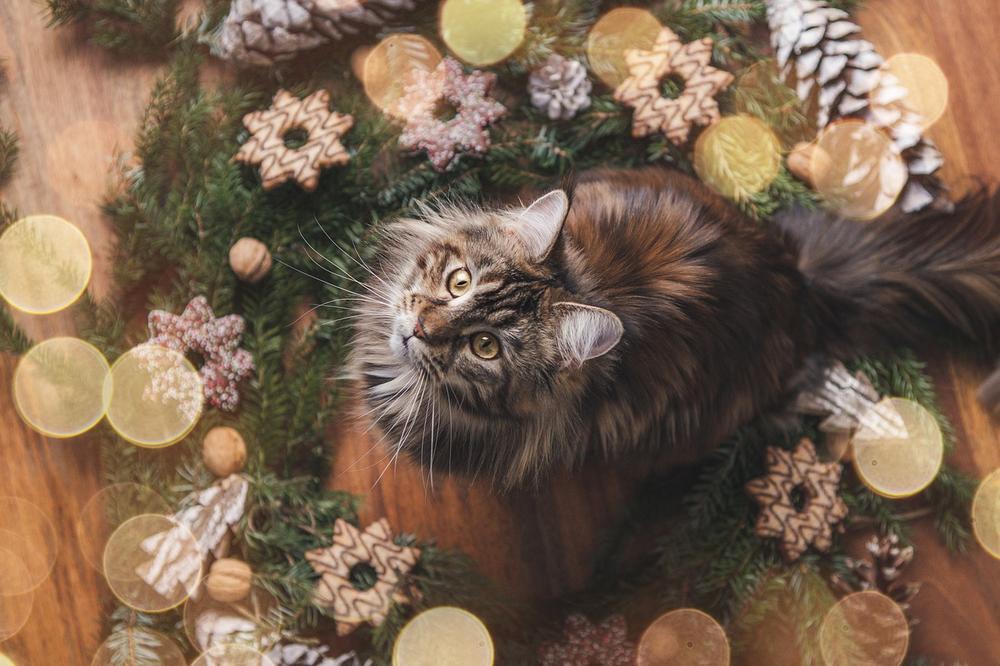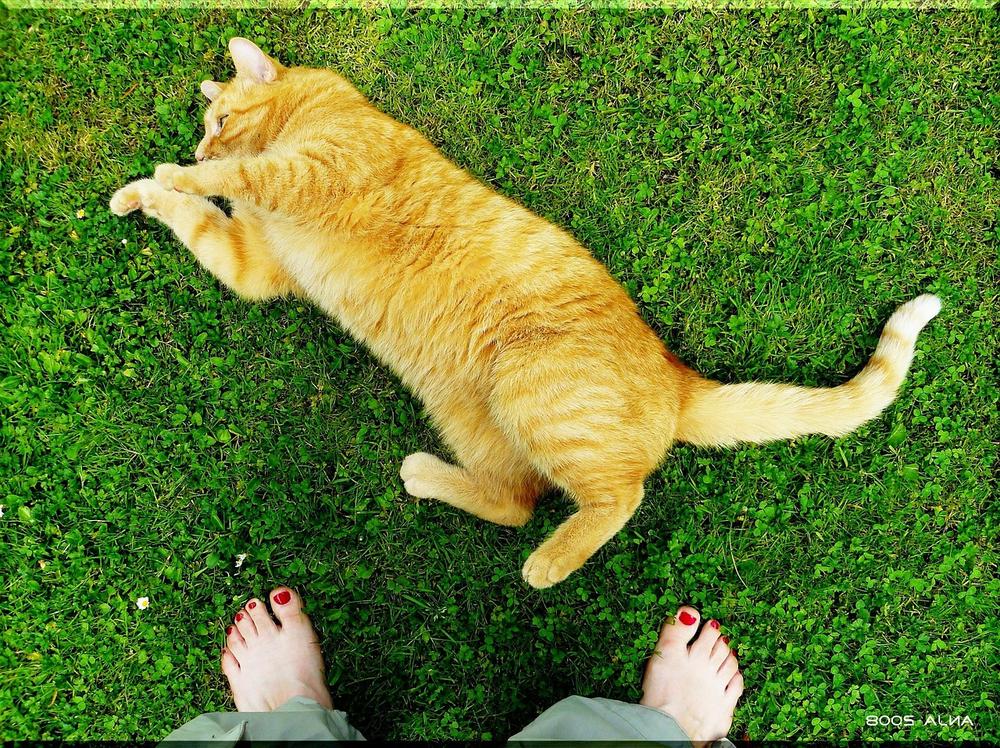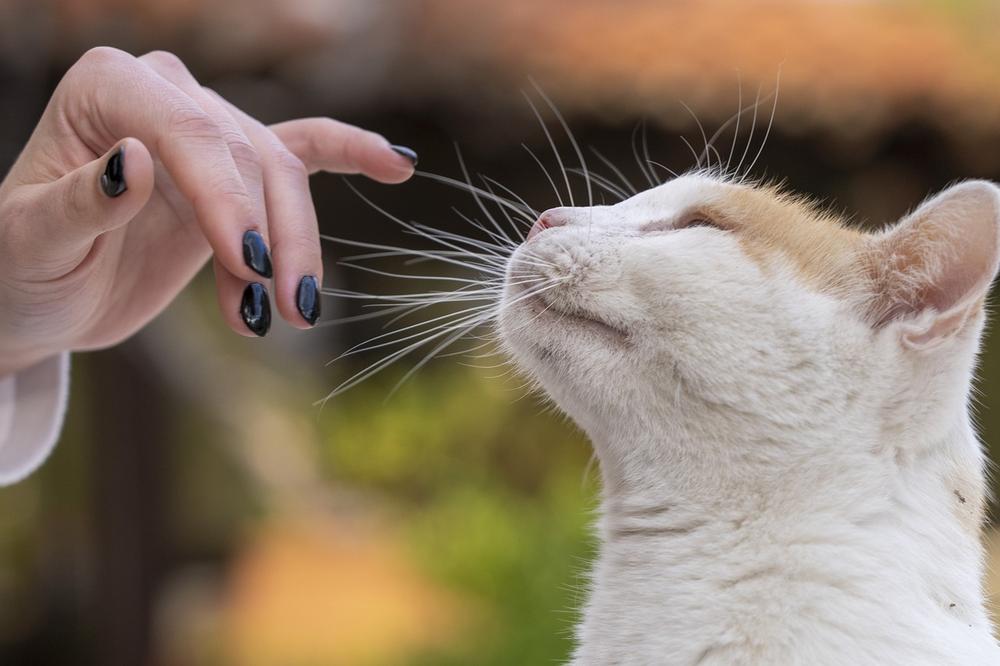Why Do Cats Hate Getting Their Nails Cut? (The Harsh Truth)

Let me know if you agree:
Getting your cat's nails trimmed is a nightmare.
I mean, have you ever tried? 🙀
It’s like wrestling with a mini lion, claws and all.
And let’s not forget the bloodshed that can occur (yours AND your feline friend's).
It’s downright traumatizing.
But listen, I understand.
I understand your frustration.
And guess what?
You're not alone.
So, why do cats hate getting their nails cut?
Let's dive in and find out.
Recognizing the Signs of Nail Trimming Anxiety in Cats
When it comes to spotting signs of nail trimming anxiety in cats, there are 10 key indicators you should pay attention to:
- If your cat meows or hisses while getting their nails trimmed.
- If they seem uncomfortable and fearful during the process.
- If they feel constrained in any way.
- If they have had negative experiences in the past that make them afraid.
- If their claws have grown too long, causing them pain.
- If they experience stress and trauma when their nails are being trimmed.
- If they show fear, anxiety, or aggression surrounding nail trimming.
- If they excessively lick themselves, which could indicate underlying problems.
- If remedies like hairball treatments don't seem effective for their anxiety.
- If they find the experience of being restrained unusual for a cat.
Understanding how your cat behaves during nail trimming is crucial.

To ease their stress, follow these steps:
- Create a peaceful environment for them.
- Use positive reinforcement techniques to encourage good behavior.
- Start slowly and gradually increase the length of the sessions.
- Offer distractions and rewards to keep them occupied and happy.
- If necessary, seek professional assistance.
- Also, be sure to address any other health issues that might be contributing to their anxiety.
By addressing these specific reasons for anxiety, you can make the nail trimming process more successful and less nerve-wracking for both you and your feline companion. 😺
Main points I'll expand upon further down this article:
- Regular nail trimming is important for a cat's overall health and comfort.
- The frequency of nail trims may vary for different cats.
- Proper nail trimming prevents overgrown nails and potential complications.
- Creating a positive environment for nail trimming helps reduce stress.
- Positive reinforcement during nail trimming sessions creates a positive association.
- Techniques like scratching the base of the claw can ease discomfort.
- Seek professional guidance if a cat displays difficulties or aggression during nail trimming.
- Use sharp, proper cat nail clippers to ensure an efficient and comfortable trim.
- Understanding the anatomy of a cat's nails is essential for a successful trim.
- Consider alternatives like soft claws or visiting a professional groomer or veterinarian.
And while recognizing the signs of nail trimming anxiety in cats is crucial, it's also vital to understand why regular nail trimming is necessary for their all in all health and comfort...
Understanding the Importance of Regular Nail Trimming
Keeping your cat's nails trimmed is a must.
Here's what you need to know:
- When their nails get too long, it can make walking and climbing uncomfortable for them.
- How often you should trim their nails can vary, but aim for around every four weeks.
- Older cats and indoor cats might need more frequent trims.
- Proper nail trimming lets them shed the outer layer of their claws naturally, so they don't catch on things.
- Ignoring nail trimming can lead to painful problems like infected ingrown nails, especially in older cats.
- Regular trimming means you won't have to resort to invasive procedures like declawing, which can mess with their behavior.
So, by taking a few minutes to trim your cat's nails regularly, you're keeping them comfy and avoiding potential issues.
It's an easy way to keep them happy and healthy.

Now, you might be wondering how to actually trim your cat's nails without causing them stress or discomfort.
Well, here's the deal...
By gradually introducing them to nail clippers and using positive reinforcement techniques, you can ensure a calm and positive experience.
But there's more to learn, so let's dive in and discover effective strategies for properly trimming cat nails...
Creating a Positive Environment for Nail Trimming
Introduce nail clippers during playtime for a positive association
When it comes to trimming your cat's nails, let's make it a positive experience.
I'm going to suggest something: introduce the sound and sight of nail clippers during playtime.
When you have fun together, show them the clippers in action.
This way, you can help reduce any fear or anxiety when it's time for a trim.
Use positive reinforcement and treats during nail trimming
You know what?
Having good experiences can really make a difference when it comes to nail trimming. So here's what you should do:
Use treats and rewards while you're doing it.
Trust me, this will create a positive association.
So, before you start snipping away, ensure you have some tasty treats ready!
And don't forget to reward your feline friend after each successful trim to reinforce that great behavior.
Be patient and incorporate caressing, treats, and playtime
Now, here's the thing: creating a calm and positive experience takes time.

Start by gently caressing their paws and give them some treats. Show them you care and gradually get close to their claws. You might even apply a little pressure eventually.
Just be patient, my friend.
With enough love and patience, you'll get your kitty comfortable with having their paws handled.
Oh, and here's a trick:
Scratching the base of the claw can actually ease any discomfort and make the trimming process less painful.
Remember, take breaks if needed and always end the session on a high note.
That way, we keep it positive.
Also, here's something key to consider:
Proper restraint is crucial for efficient nail trimming.
If possible, ask someone to assist you in holding your cat still.
It will minimize any struggling and ensure a quick and safe trim for both of you.
Introducing Nail Trimming to Cats at a Young Age
Here's how you can introduce nail trimming to your cat when they're still a young kitty.

Just follow these 10 simple steps:
- First, gently touch your kitten's paws for short moments.
- Gradually increase the time you spend handling their paws.
- Remember to reward your kitten with treats and praise when they stay calm.
- Let them get used to the sound of clippers or trimmers.
- Begin by trimming just one nail at a time.
- If your kitten gets anxious or stressed, take breaks.
- Don't hesitate to seek advice from a professional groomer or veterinarian.
- Be patient and take things slowly; some cats might need more adjustment time.
- Use positive reinforcement to make it a pleasant experience.
- And always keep in mind, it's never too late to start introducing nail trimming, even if your cat is older.
Choosing the Right Tools for Cat Nail Trimming
When it comes to choosing the right tools for cat nail trimming, you want to ensure you have ones specifically designed for feline claws.
Guillotine-style or scissor-style cat nail clippers are your best options.
They provide better control compared to using human nail clippers.
One important thing to remember is that dull trimmers can make the process unpleasant, uncomfortable, and prolonged.
You must use sharp, proper cat nail clippers.
Human nail clippers won't cut it (pun intended).
Cats' nails are retractable and made of keratin, just like human nails.
So keeping the clippers sharp and using them correctly will ensure an efficient and comfortable nail trim for your cat.
This prevents any discomfort or pulling on the nail.
And trust me, nobody likes having their nails pulled!
Proper Nail Trimming Techniques for Cats
Trimming your cat's nails can be challenging, but it doesn't have to be stressful.
Here are some tips you should keep in mind:
- Get in the right position: Make sure you can see the claw clearly and that your cat feels secure.
- Don't cut too close to the quick: The pink part of the nail contains blood vessels, so avoid cutting into it to prevent pain and bleeding.
- Understand how your cat's nails work: Knowing about the different components will help you trim them effectively.
- Use the "kitty wrap" method: Wrap your cat gently in a towel or blanket to keep them still during the trimming process.
- Be prepared: Have nail clippers or a grinder ready, and make sure your cat is relaxed before you start.
For ingrown nails, ensure to trim them back carefully to avoid discomfort.
Take your time and trim one claw at a time to reduce stress for both of you.

If you feel unsure, watch professionals for guidance.
They can give you helpful tips and reassurance.
The goal is to make nail trimming a positive experience for your cat so that their paws stay healthy and comfortable.
But if you're finding it challenging to trim your cat's nails, don't worry!
Seek advice from a groomer or veterinarian who can provide guidance and assistance in ensuring proper nail trimming for your feline friend...
Common Mistakes to Avoid When Trimming Cat Nails
Trimming your cat's nails requires patience.
Don't rush the process; take breaks, especially if your feline friend gets overwhelmed easily.
If you find this task challenging, seek help from a groomer or veterinarian.
They can offer valuable advice and assistance in ensuring you trim your cat's nails effectively. It's all about keeping your furry buddy comfortable and safe during this grooming routine.
So take your time, follow expert advice, and make nail trimming a positive experience for both of you.
Alternatives to Traditional Nail Trimming Methods
When it comes to trimming your cat's nails, there are some alternatives you can try that will make the process easier for both of you.
Here are a few options:
- You can get scratching posts or cardboard scratchers for your cat. These provide a natural way for them to file down their nails while they scratch. Encourage your cat to use these regularly so you won't have to trim their nails as often.
- Another option is to use soft claws or caps. These are tiny covers that go over your cat's nails to prevent damage from scratching. If your cat tends to scratch furniture or other surfaces, this could be especially useful.
- The kitty burrito technique is another method you can try. It involves wrapping your cat snugly in a towel or blanket to create a "burrito" shape. This helps keep your cat calm and still during the nail trimming process.
- If your cat gets agitated or stressed during nail trims, it might be best to seek professional help. A groomer or veterinary technician who specializes in handling resistant cats can assist you.
- Consider hiring professionals who offer home visits if your cat finds trips to the groomer stressful. This way, your cat can stay in a familiar and comfortable environment during the nail care session.
Every cat is unique, so it may take time and persistence to find the right solution for your cat's nail care.
And always keep in mind that declawing should only be considered as a last resort.
It involves surgery and causes pain for your cat, so explore other options first. ✨
And that wraps up today's article.
You made it to the end of my blog post, so I wanted to ask - did you enjoy it? I put in a great deal of effort to make sure my posts are really detailed and helpful. It takes me quite a while (but in a good way!) to write them. That's why I'd be incredibly grateful if you could click on any of the social sharing icons to share this post with others. Thanks so much!
Talk soon,
-Sarah Davis